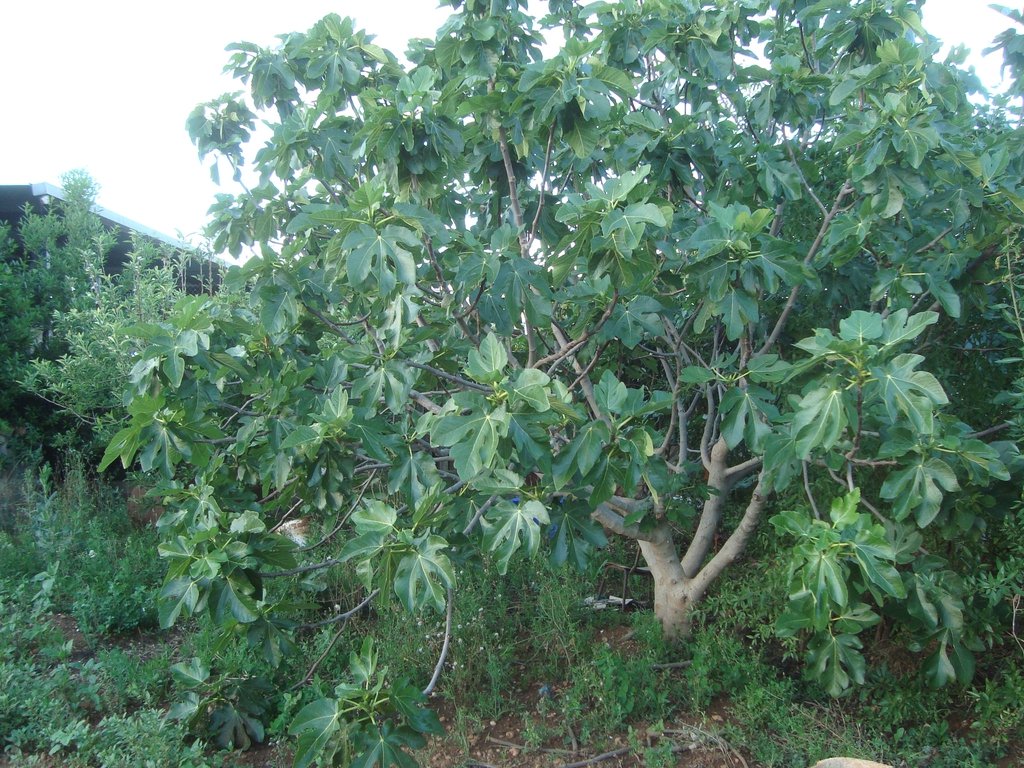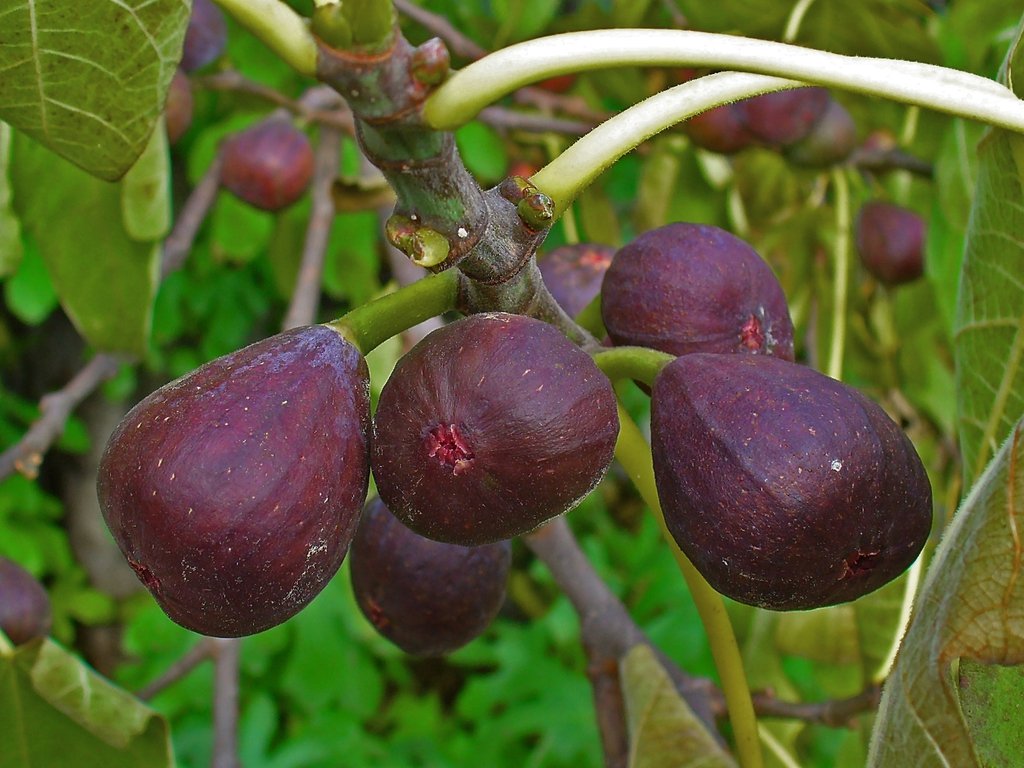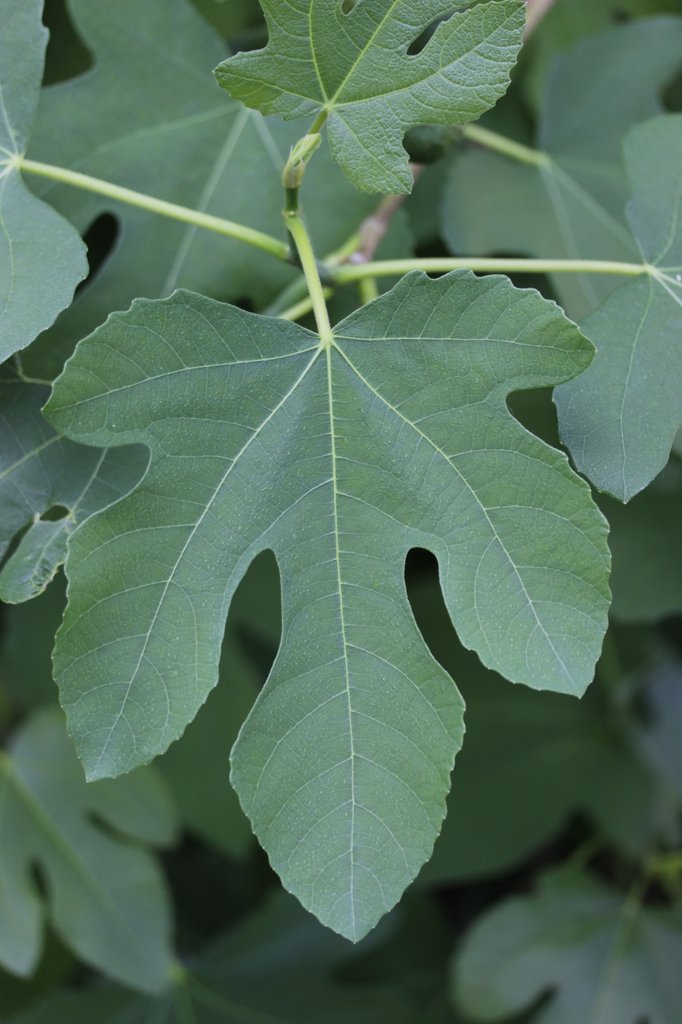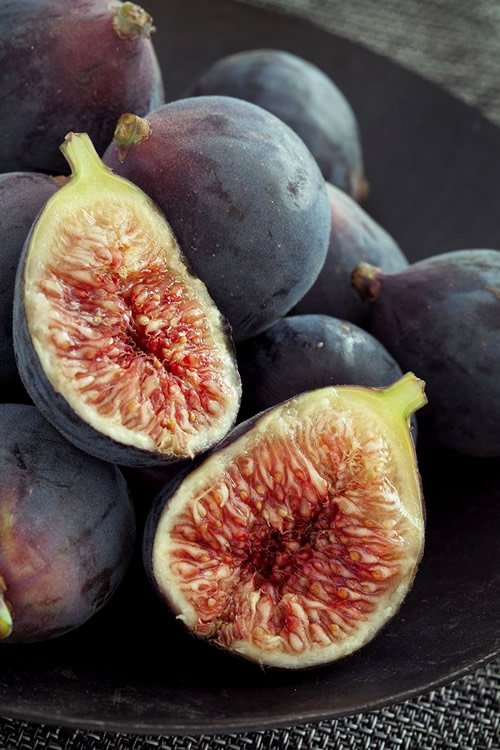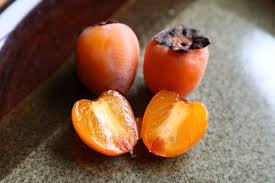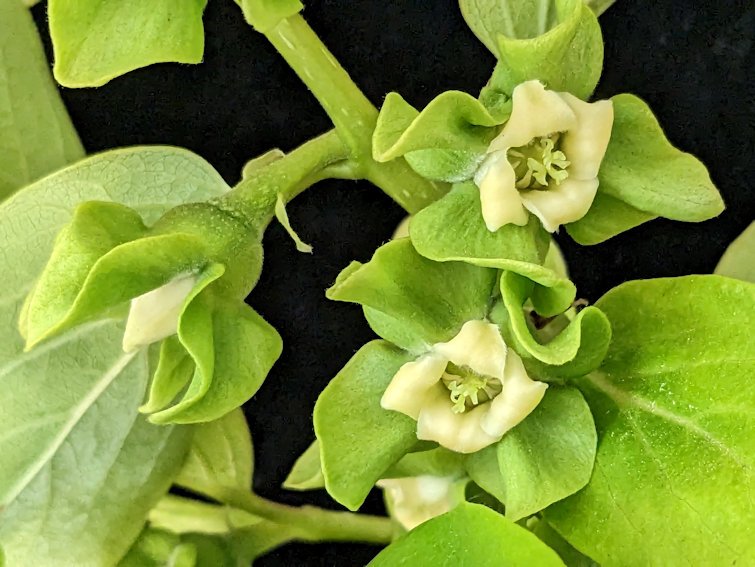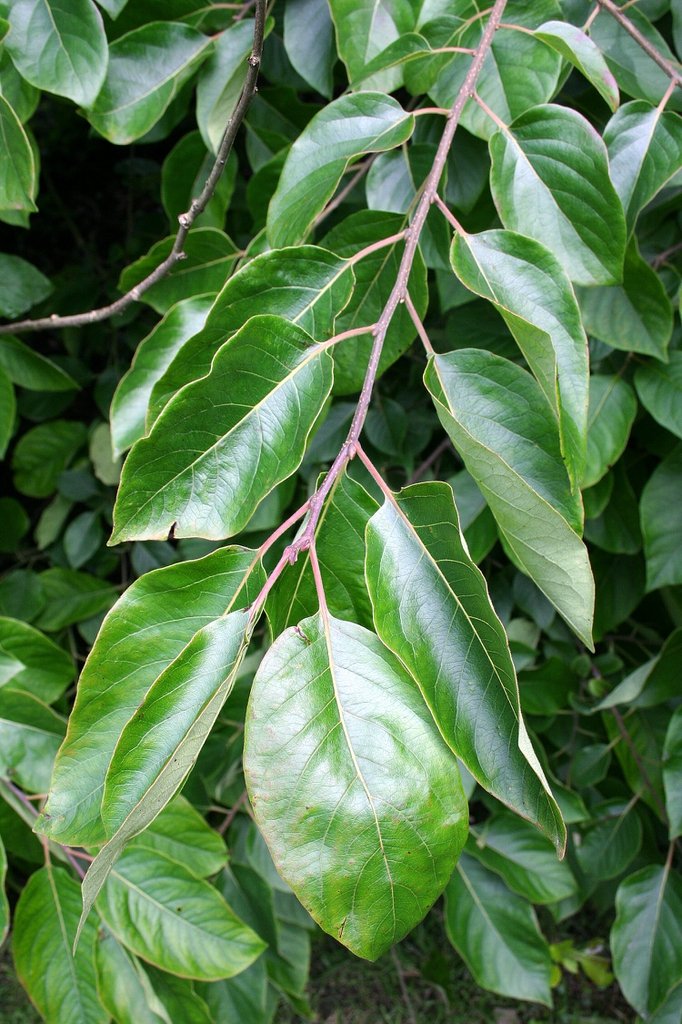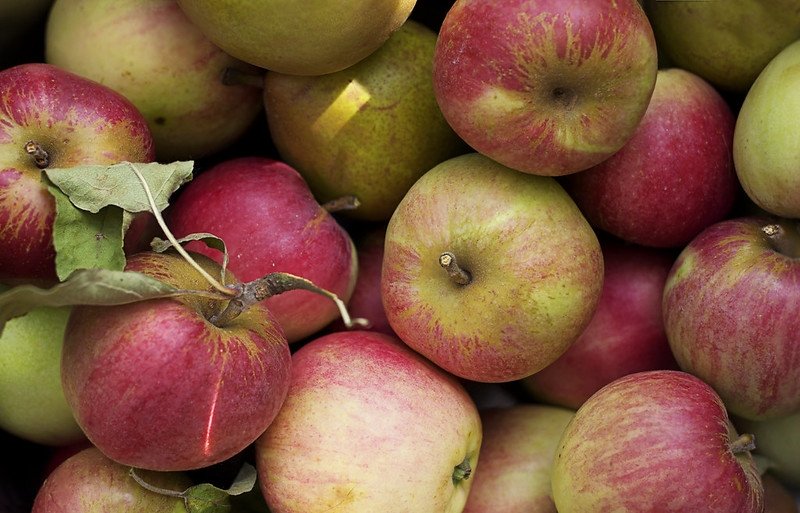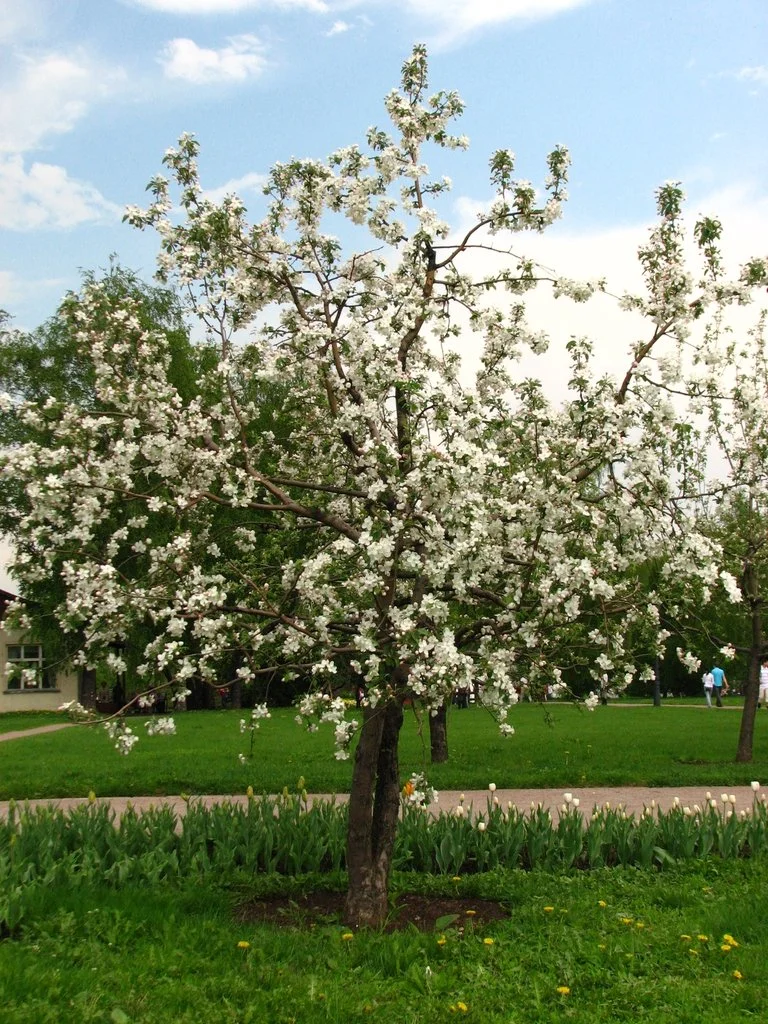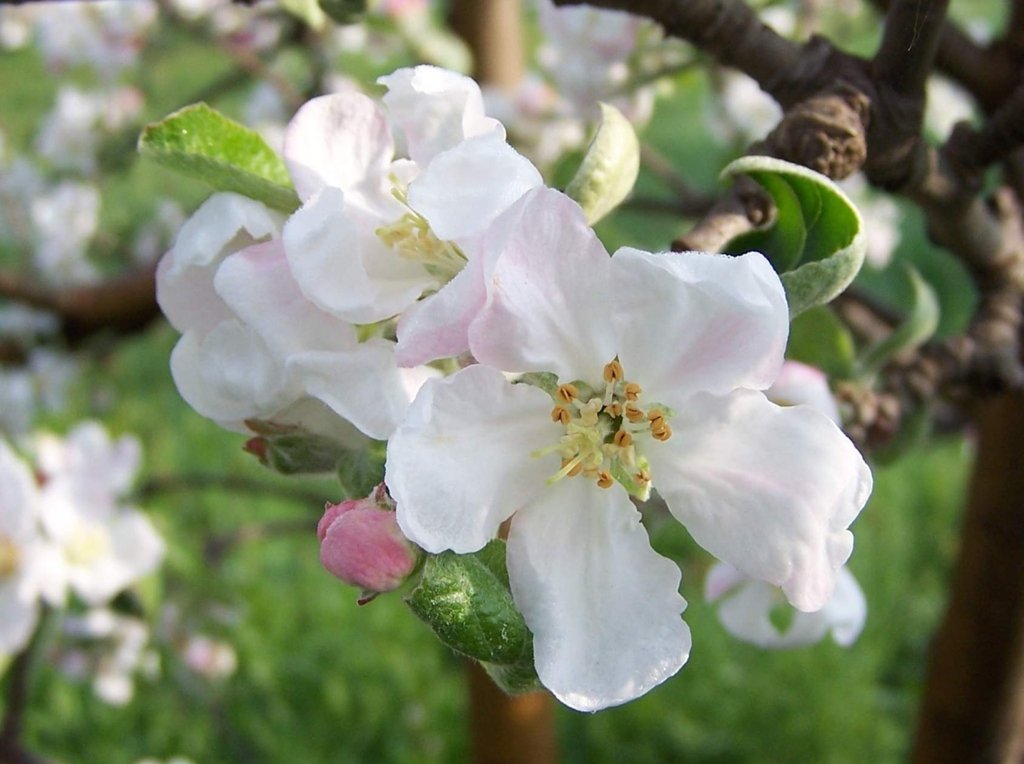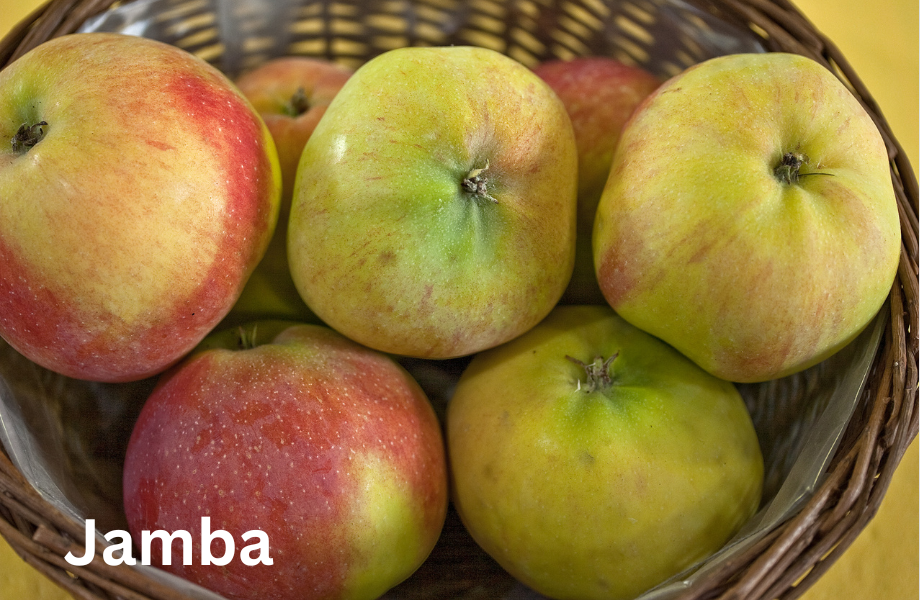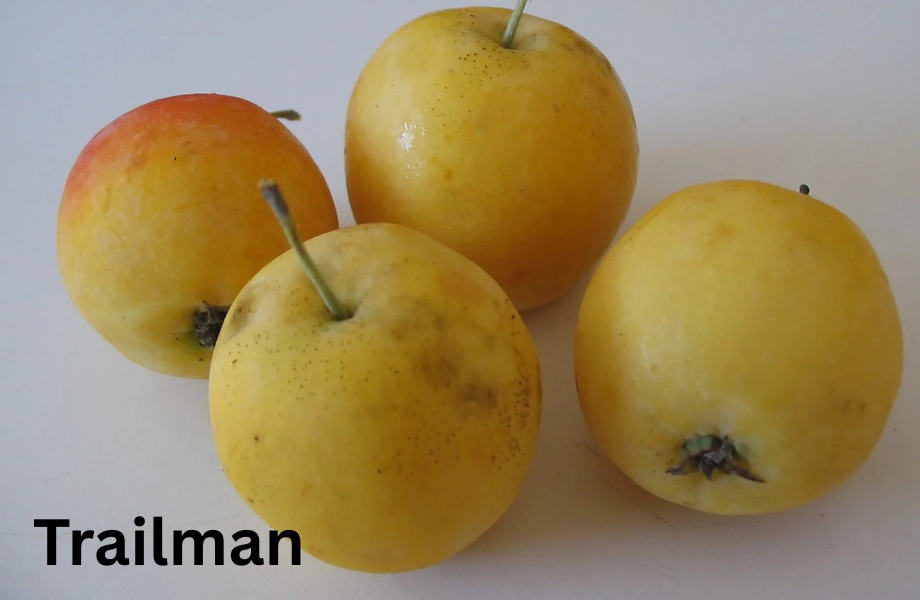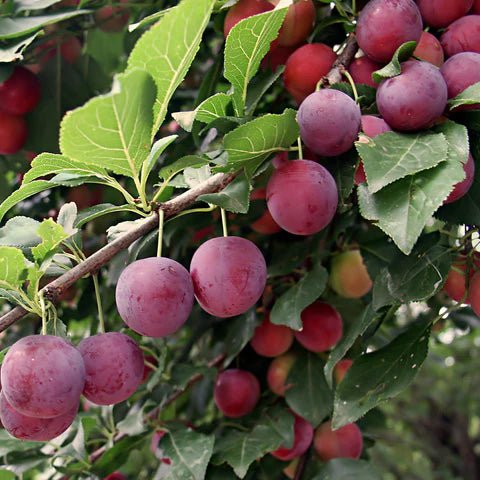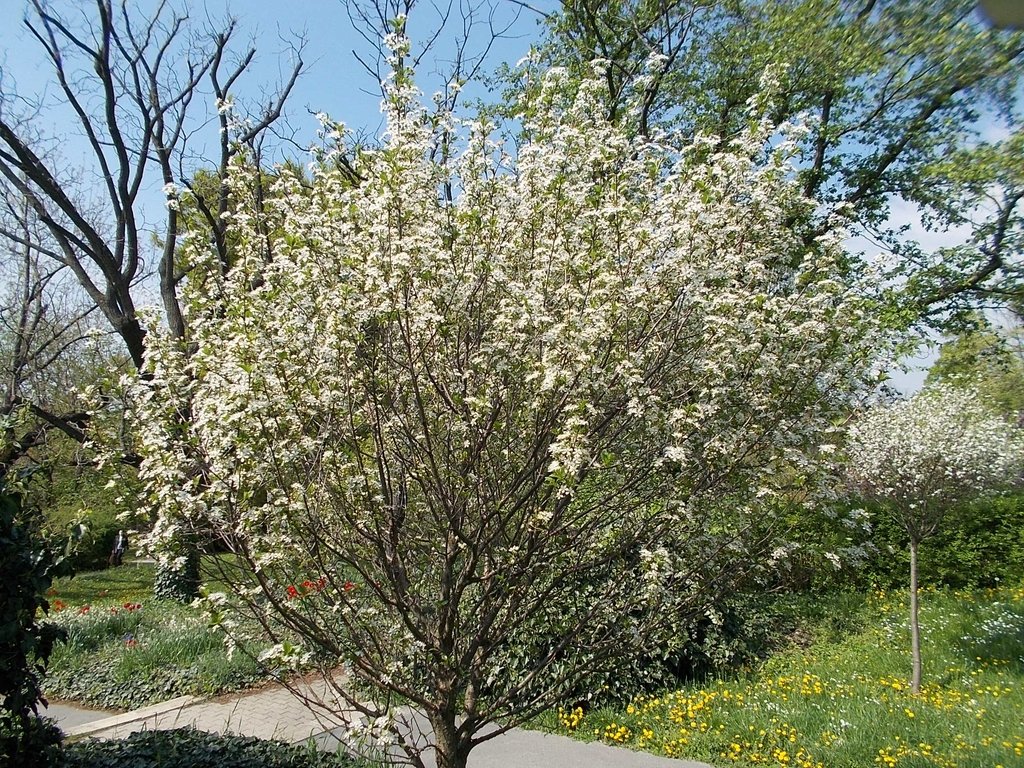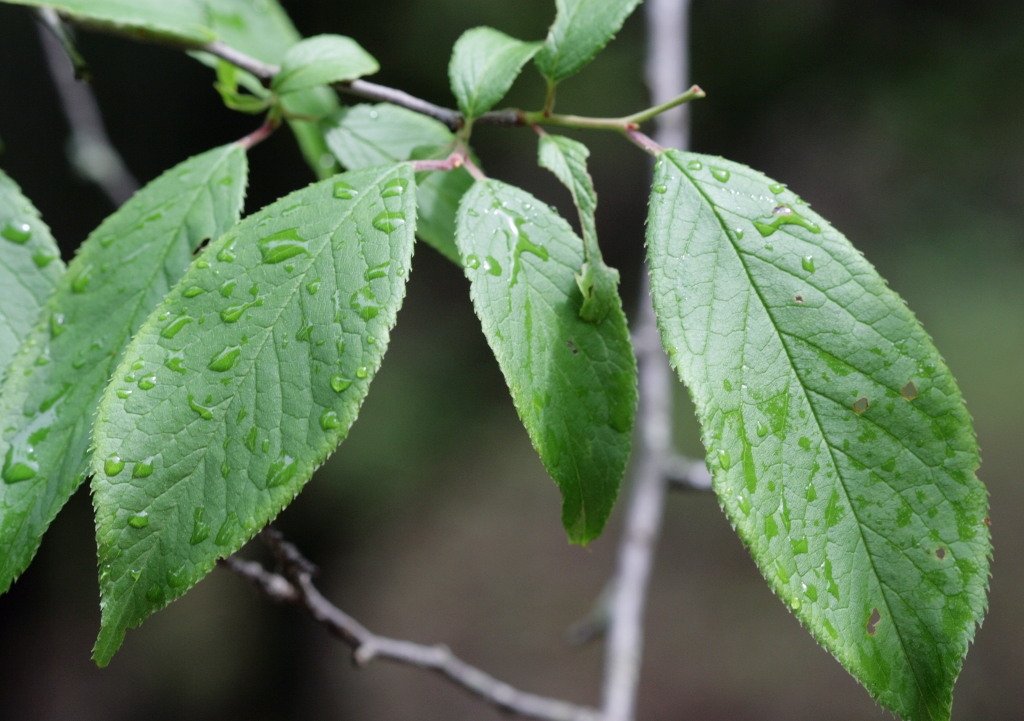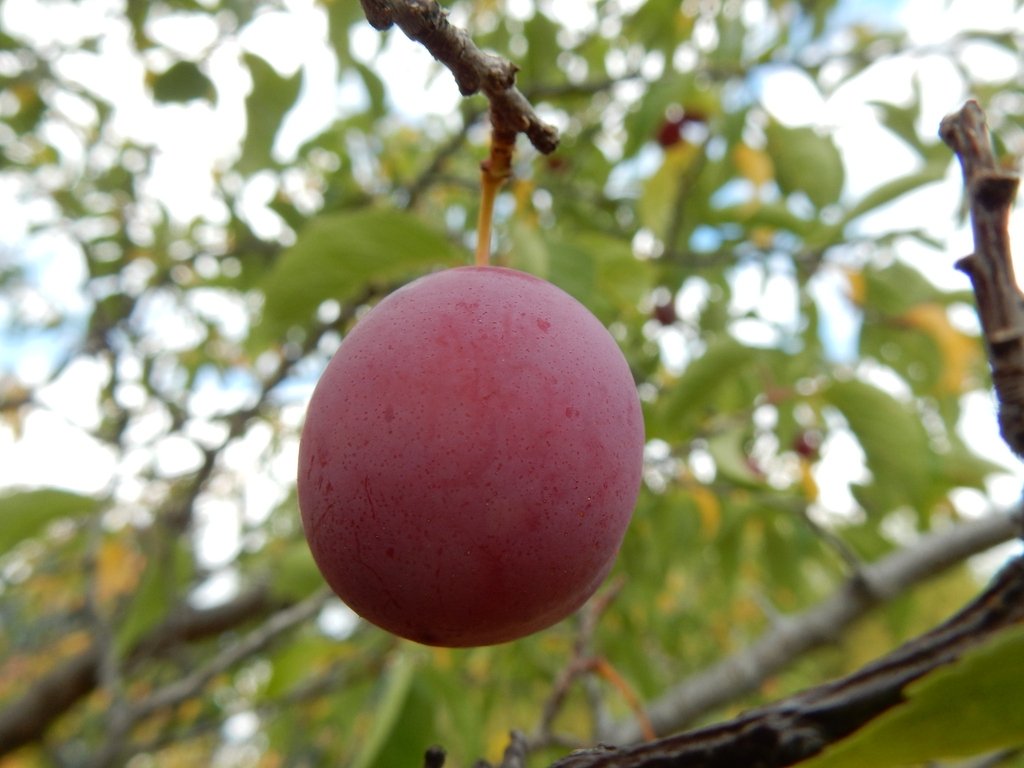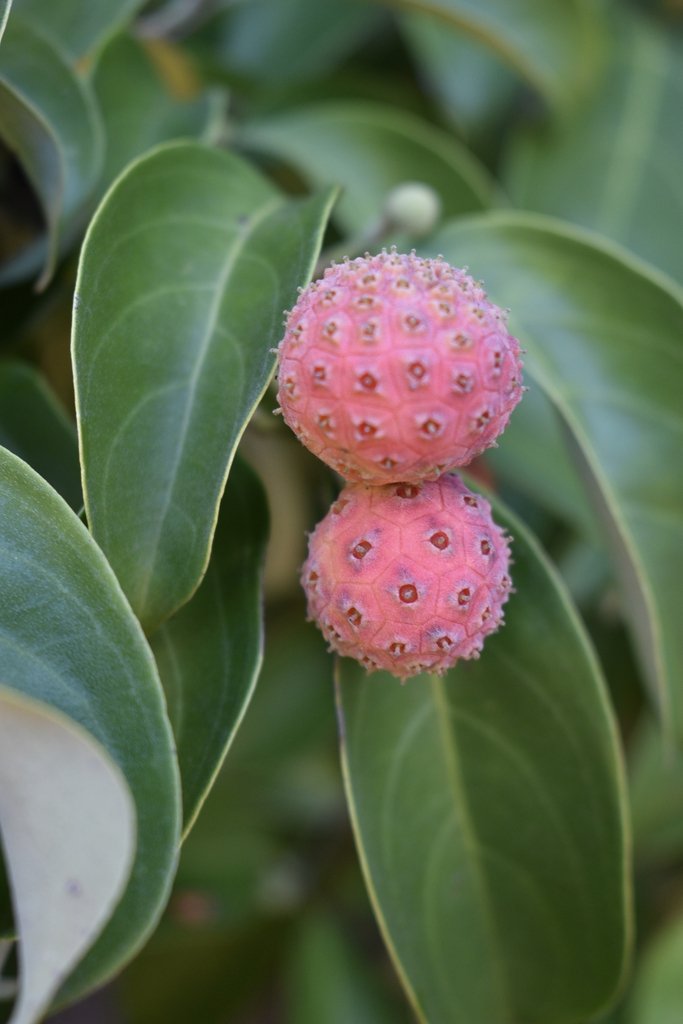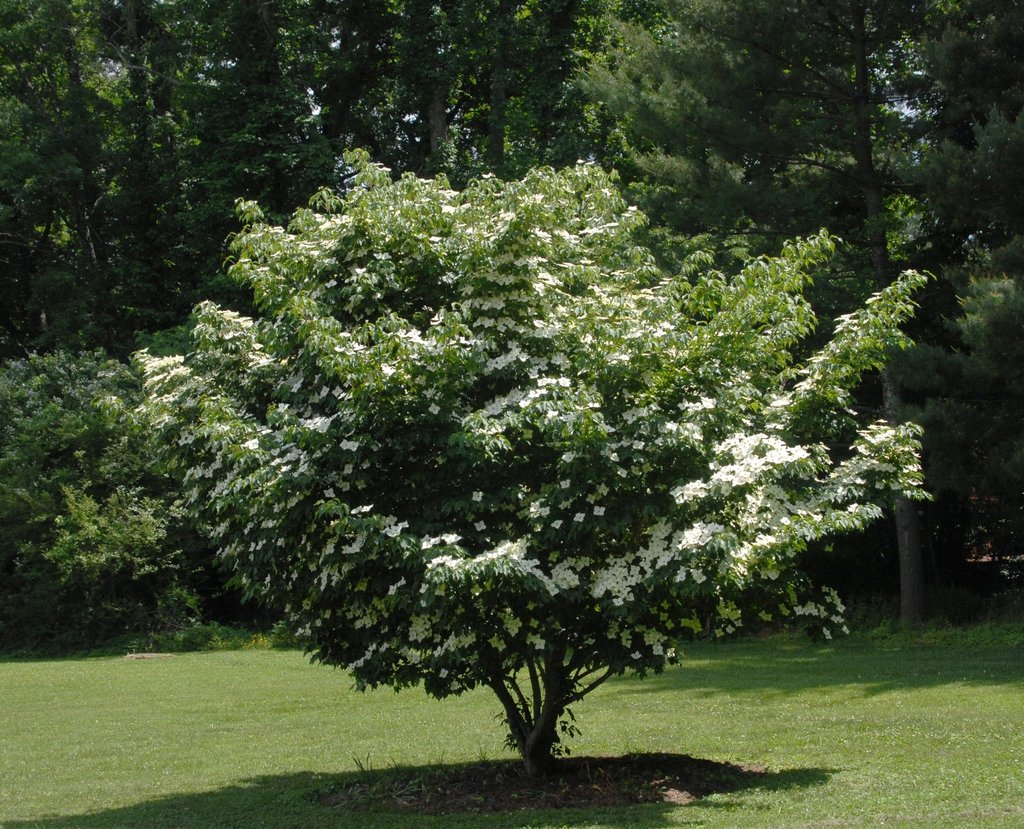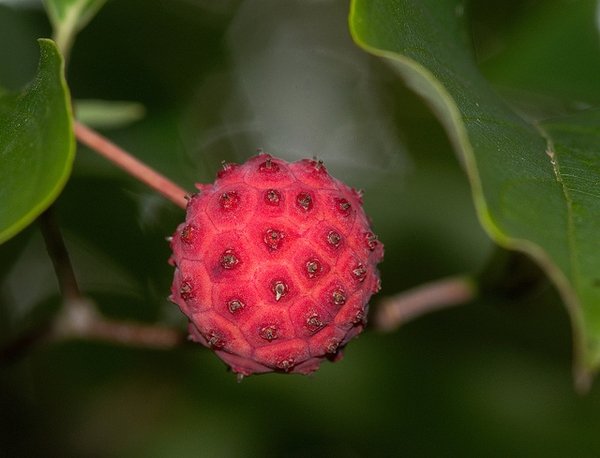igs are ancient fruit trees that offer a sweet, honey-like flavor and make a delightful addition to any garden. Their large, lobed leaves and delicious fruit, which ripens in late summer to early fall, provide both beauty and bounty. Figs thrive in sunny, well-drained soil and grow to 10-15 feet tall with a spread of 6-12 feet. These trees love warmth and need a sheltered spot in colder regions, but with the right care, they offer a unique, ornamental look and a rich, fiber-packed fruit perfect for snacking, baking, or making jams.
Figs have been cherished for millennia, dating back to the ancient Middle East, where they were one of the first cultivated fruit trees. The fruit is mentioned in many ancient texts, including the Bible, and was prized for its sweetness and versatility. In Mediterranean cultures, figs were eaten fresh, dried, and used in cooking. Fig trees were considered symbols of prosperity and peace in many ancient societies.
Today, figs remain a beloved fruit, and their health benefits are well known. Figs are rich in fiber, antioxidants, and essential minerals, promoting digestive health and providing a quick energy boost. They are excellent eaten fresh, dried, or used in a variety of culinary applications, from jams to baked goods. In the landscape, figs add an attractive, tropical look with their bold foliage. Plant them in warm, sunny spots to maximize their potential. In colder climates – zone 6 and below – consider planting them in large containers to bring inside during the winter months.
Zone Range: 7-10
Sun Requirements: Full sun
Size at Maturity: 10-15 feet tall, 6-12 feet spread
Pollination: Self-fertile (every plant can produce fruit on its own)

